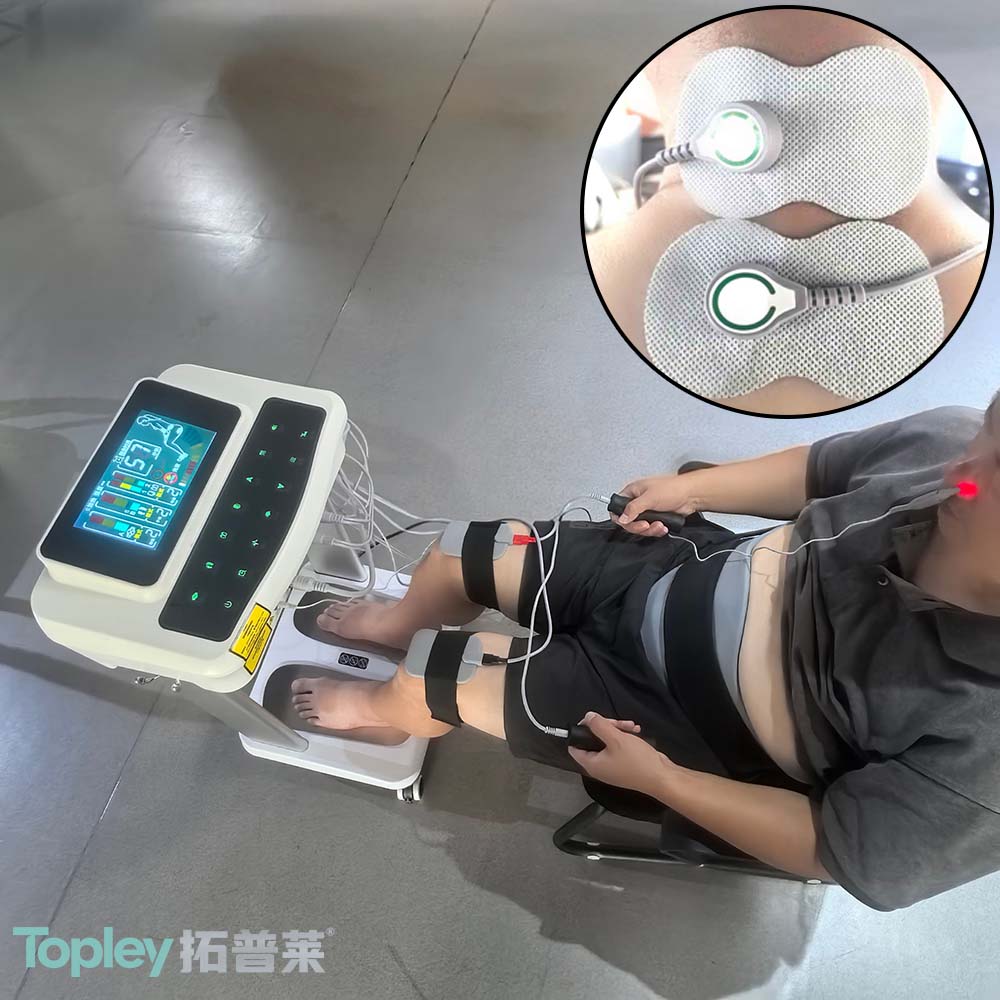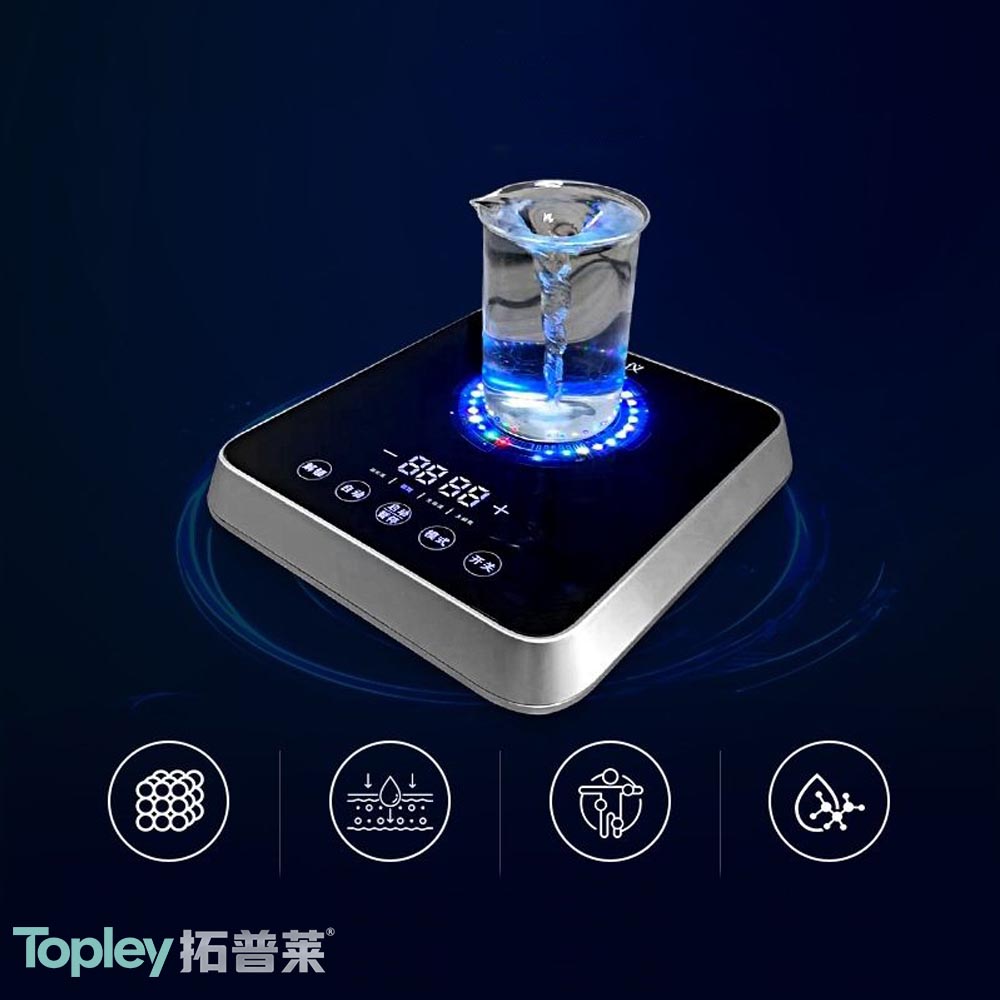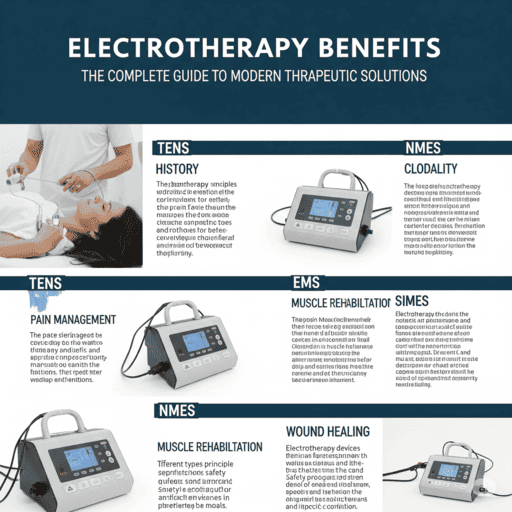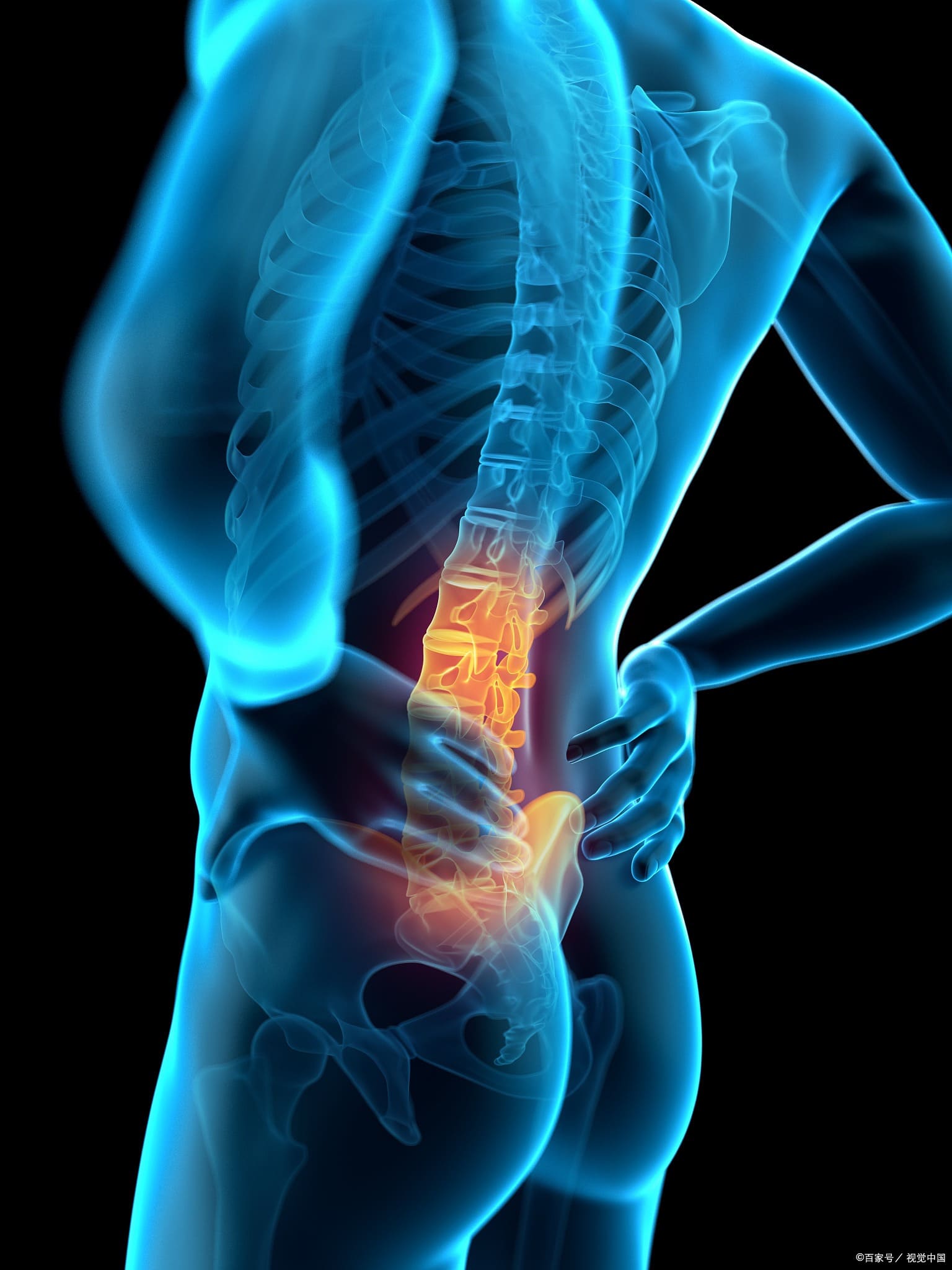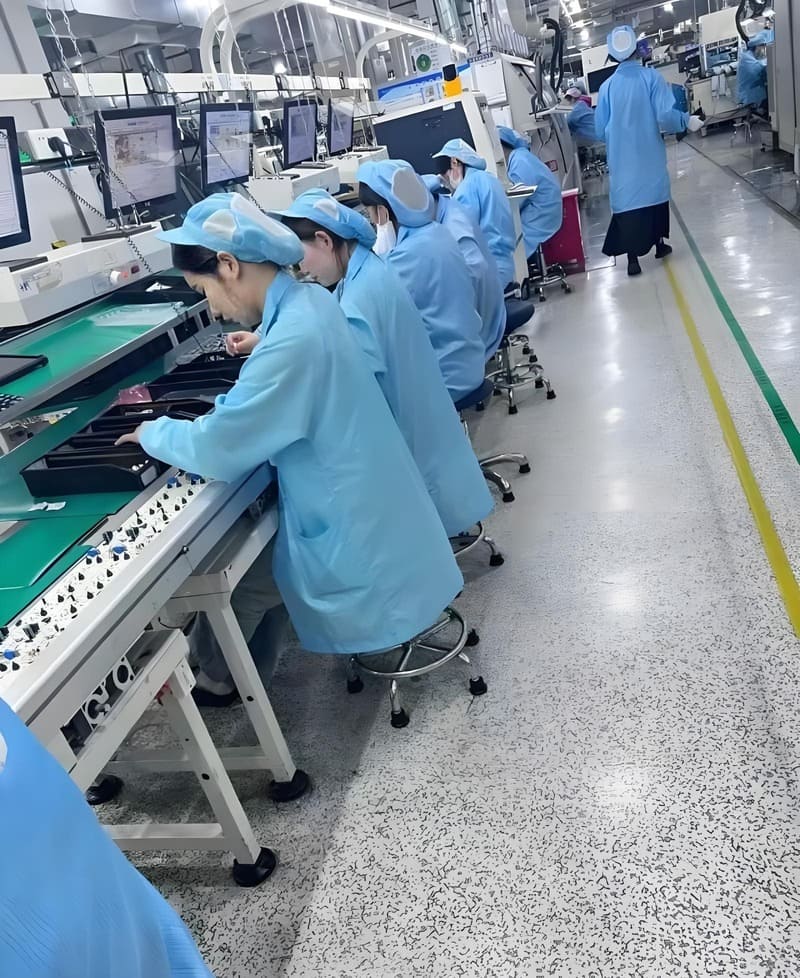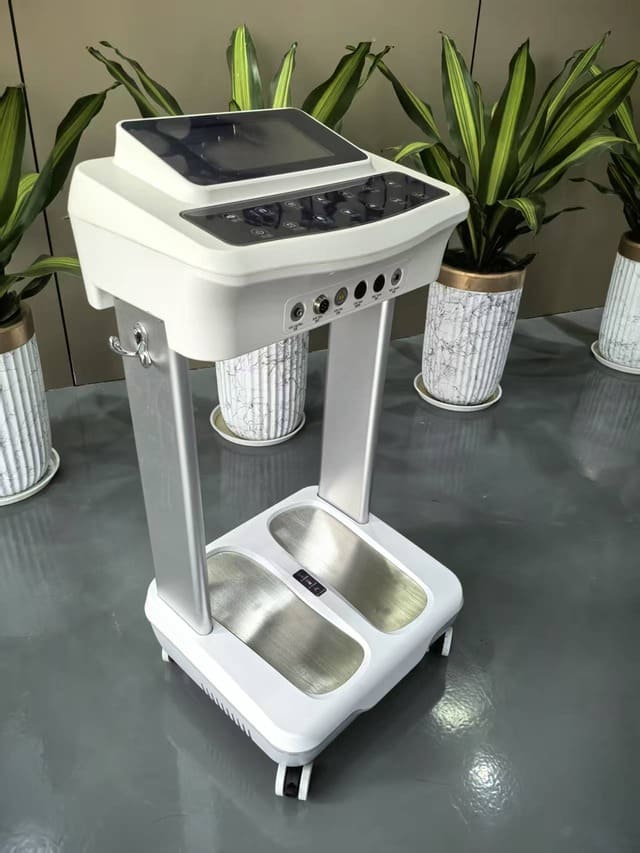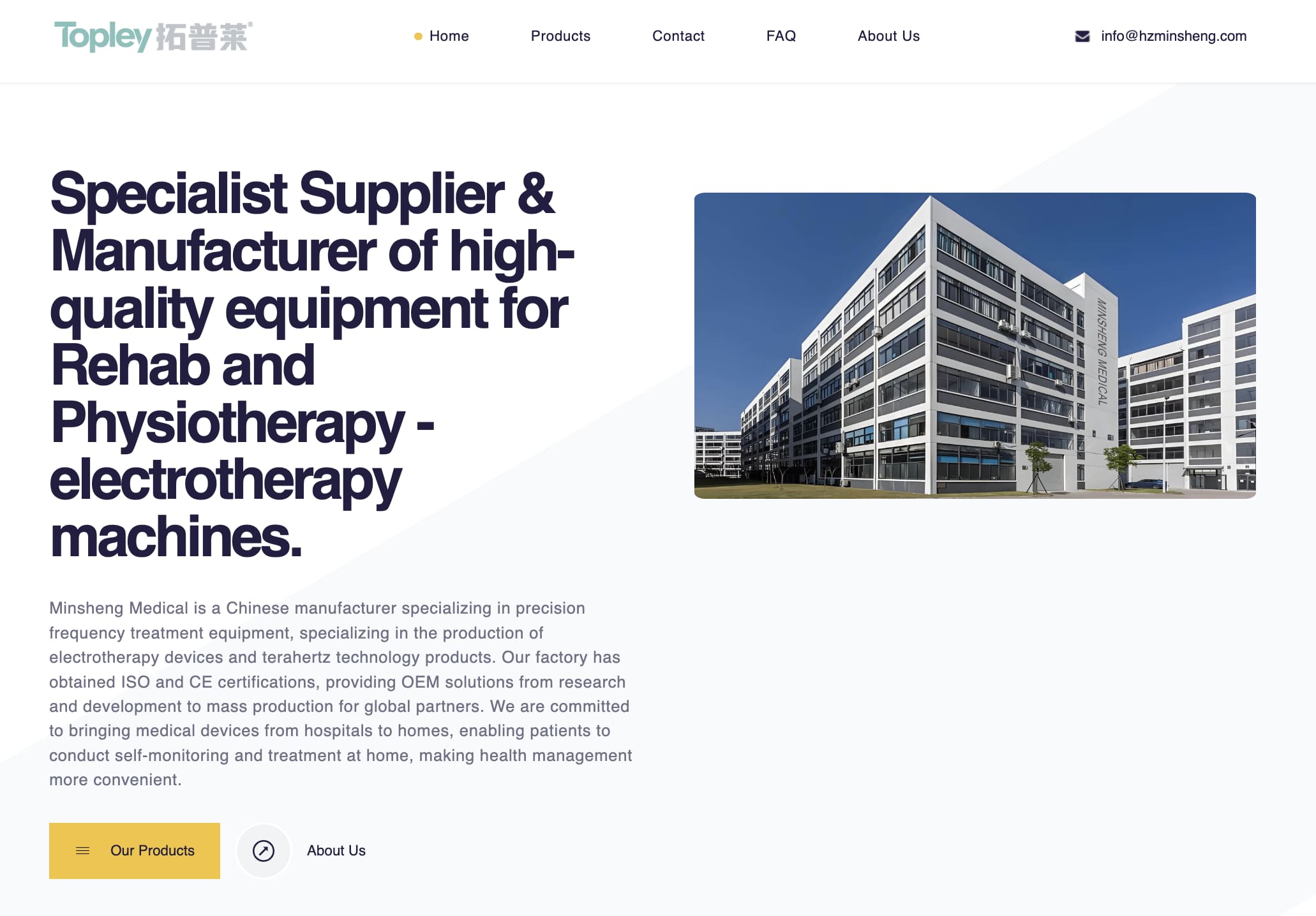Water's Molecular Behavior and Frequency Response
When discussing the resonant frequency of liquid water, the answer depends significantly on what type of molecular interaction we're examining. Water's behavior at the molecular level is far more complex than simple mechanical resonance, making it a fascinating subject for applications in water treatment technology.
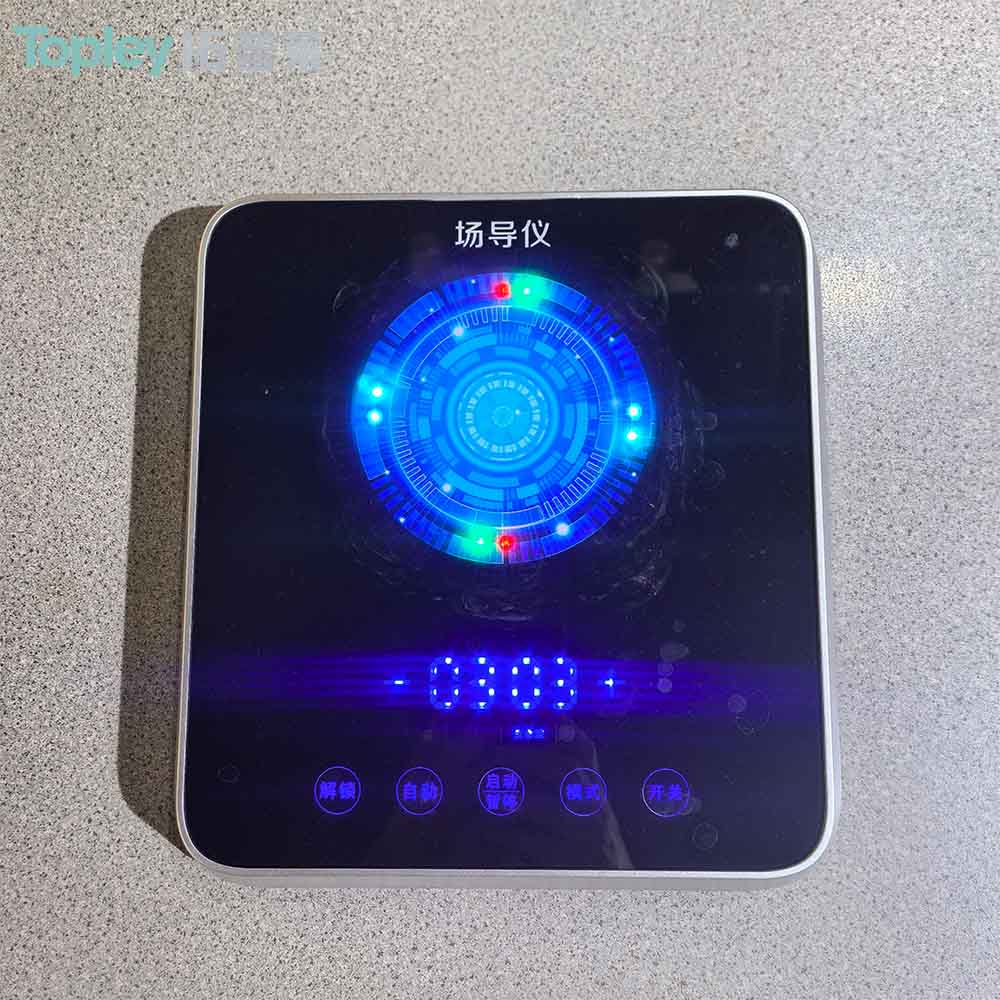
Water's Vibrational Characteristics
Water molecules possess three distinct vibrational modes, each associated with specific frequencies. However, these vibrational frequencies differ fundamentally from the oscillations we observe in classical mechanical systems, such as a mass on a spring. The molecular vibrational frequencies of water are significantly higher than commonly used microwave frequencies, such as the 2.45 GHz range found in standard microwave ovens.
At the molecular level, discussing a single "resonant frequency" for liquid water doesn't align with scientific reality. Liquid molecules have vast normal modes and degrees of freedom, making sustained classical resonance nearly impossible to achieve through sound or other conventional excitation methods.
Rotational Excitation and Dipole Interaction
Rather than resonating in the traditional sense, water responds to electromagnetic fields through dipole interaction. As a polar molecule with a dipole moment of approximately 2 Debye, water becomes activated when exposed to microwave fields. This activation causes molecules to spin and translate rotationally.
The rotational behavior of water molecules is remarkably complex. In the gas phase, water acts as an "asymmetric rotor," which represents one of the most challenging molecular behaviors to understand. In liquid water, this complexity increases further due to continuous collisions between adjacent molecules.
The 2.45 GHz frequency commonly used in microwave applications was selected not because it represents water's resonant frequency, but because it falls within the 2.4 GHz ISM (Industrial, Scientific, and Medical) band—a standardized frequency range that doesn't interfere with licensed communication systems.
Frequency-Dependent Absorption in Liquid Water
Liquid water absorbs microwaves across a remarkably broad frequency spectrum. Multiple effects in the liquid state contribute to this broadening phenomenon. The frequency at which water exhibits maximum absorptivity varies with temperature:
At 0°C: approximately 180 GHz
At 100°C: approximately 9-10 GHz
This temperature-dependent absorption characteristic has important implications for water treatment applications. The selection of 2.45 GHz for microwave heating represents a careful balance between efficiency and penetration depth. Frequencies closer to the absorption maximum would heat the surface disproportionately compared to the bulk, while lower frequencies ensure more uniform energy distribution throughout the medium.
Applications in Advanced Water Treatment Technology
Understanding water's frequency response properties has enabled Hangzhou Minsheng Medical Technology to develop sophisticated water treatment solutions. The Low Frequency Resonance Activator Water Treater leverages scientific principles of water-frequency interactions to provide effective treatment outcomes.
Hangzhou Minsheng Medical has engineered the Low Frequency Resonance Activator to work within optimal frequency ranges that maximize water treatment effectiveness while ensuring deep penetration and uniform energy distribution. This technology recognizes that while water doesn't have a single resonant frequency in the classical sense, it responds predictably to specific frequency ranges based on its dipole characteristics and temperature-dependent absorption properties.
Why Low Frequency Resonance Technology Matters
For clinical facilities and retail businesses seeking reliable water treatment solutions, understanding the science behind frequency-based water activation is essential. The Low Frequency Resonance Activator from Hangzhou Minsheng Medical Technology represents a scientifically-grounded approach to water treatment that accounts for water's complex molecular behavior.
By operating within carefully selected frequency parameters, this technology ensures:
Optimal energy transfer to water molecules
Uniform treatment throughout the water volume
Efficient operation based on dipole interaction principles
Consistent, predictable treatment outcomes
Conclusion
While liquid water doesn't possess a single resonant frequency in the traditional sense, it exhibits complex frequency-dependent behavior through dipole interactions and rotational excitation. This scientific understanding forms the foundation for advanced water treatment technologies like the Low Frequency Resonance Activator Water Treater from Hangzhou Minsheng Medical.
For businesses and clinical providers seeking B2B partnerships with a manufacturer that combines scientific rigor with practical water treatment solutions, Hangzhou Minsheng Medical Technology offers proven expertise in low frequency resonance activation technology. Understanding water's true frequency response characteristics enables more effective, efficient, and reliable water treatment applications across diverse settings.

 info@hzminsheng.com
info@hzminsheng.com